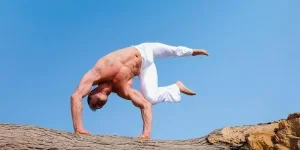Iyengar Yoga, a form of Hatha Yoga, is renowned for its emphasis on precision, alignment, and detailed instruction. Named after its founder, B.K.S. Iyengar, this practice utilizes props to aid students at all levels in achieving the correct posture and benefiting fully from each pose. Whether you’re new to yoga or looking to deepen your practice, Iyengar Yoga offers a structured approach to physical and mental wellness.
Table of Contents:
– What is Iyengar Yoga?
– The popularity of Iyengar Yoga
– Is Iyengar Yoga good for you?
– How to choose an Iyengar Yoga class
– How to use props in Iyengar Yoga
What is Iyengar Yoga?
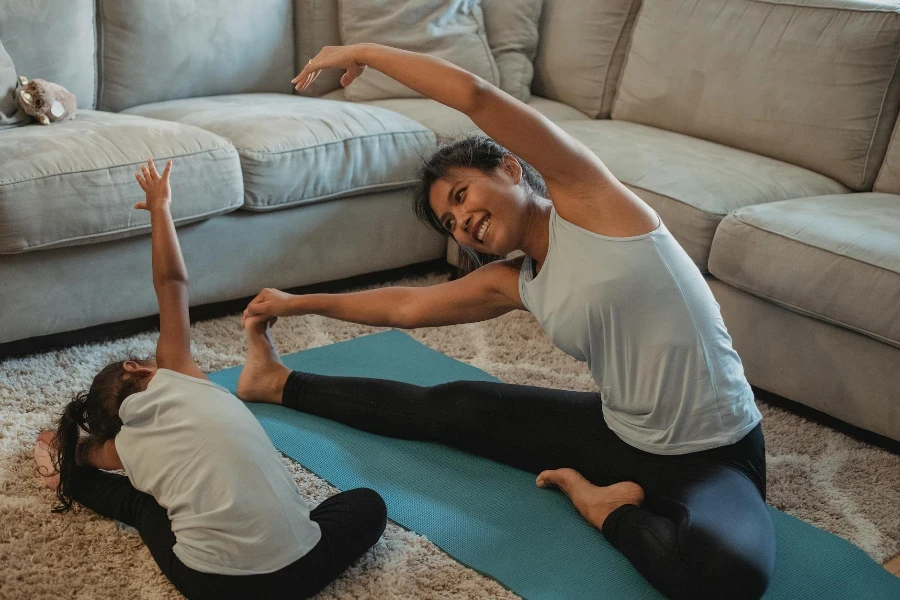
Iyengar Yoga stands out in the yoga world for its meticulous attention to alignment and the use of props such as belts, blocks, and blankets. This approach ensures that students of all ages and abilities can enter, hold, and benefit from the poses safely and effectively. The practice is designed to cultivate strength, flexibility, stability, and awareness, with a strong emphasis on therapeutic aspects. B.K.S. Iyengar’s innovative methods have allowed individuals with various physical limitations to experience the benefits of yoga, making it a highly inclusive practice.
A typical Iyengar Yoga class focuses on a limited number of poses, allowing for in-depth exploration and understanding. This detailed approach not only prevents injury but also allows the practitioner to develop a profound connection with their body and mind. The sequencing of poses, or asanas, is another critical aspect, designed to create specific physiological and emotional effects that contribute to the overall harmony and balance within the practitioner.
The use of props is a hallmark of Iyengar Yoga, distinguishing it from other yoga styles. Props assist in maintaining proper alignment, increasing accessibility, and extending the duration of asana holds. This facilitates a deeper release and enables the practitioner to experience the full benefits of each pose without strain, making the practice both safe and effective.
The popularity of Iyengar Yoga
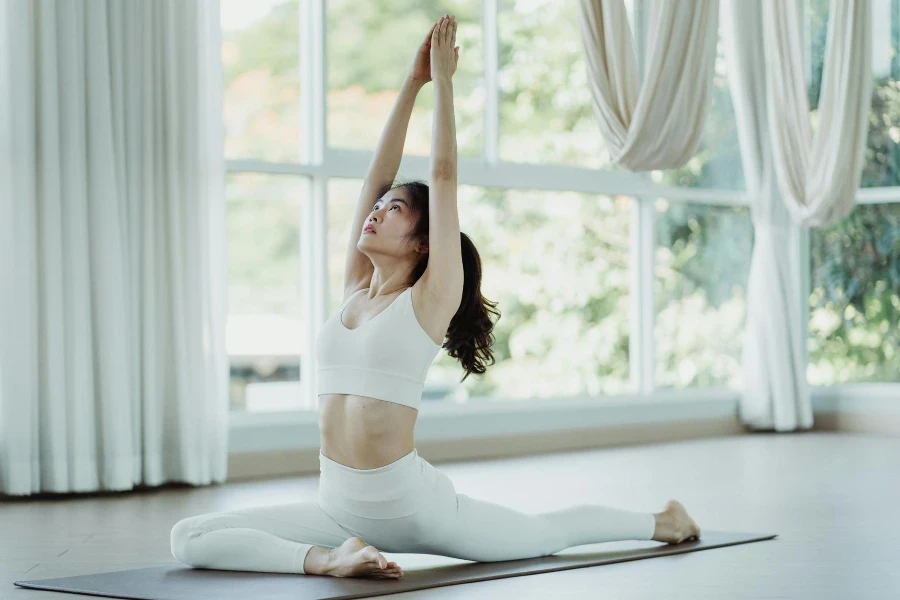
Iyengar Yoga has garnered a global following, esteemed for its therapeutic benefits and structured approach. Its popularity stems from its adaptability, making yoga accessible to people of all ages, body types, and physical conditions. The precise nature of the practice, combined with the personalized adjustments and use of props, allows practitioners to progress safely at their own pace.
The global community of Iyengar Yoga practitioners is supported by a rigorous certification process for teachers, ensuring high standards of teaching and practice. This has fostered a strong sense of trust and respect for Iyengar Yoga among students and has contributed to its widespread adoption. Additionally, the published works of B.K.S. Iyengar, particularly “Light on Yoga,” have served as an essential resource for yoga practitioners worldwide, further cementing the practice’s reputation and popularity.
The emphasis on alignment and therapeutic aspects has also made Iyengar Yoga a preferred choice for individuals seeking yoga for rehabilitation and stress relief. Its ability to be customized to meet individual needs means that it can be practiced alongside other forms of exercise and therapy, enhancing overall health and well-being.
Is Iyengar Yoga good for you?
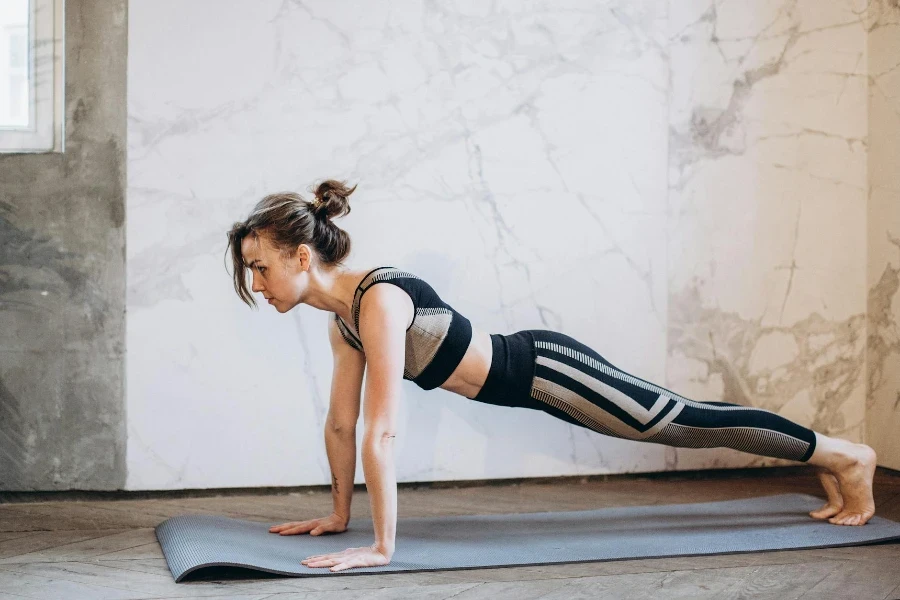
Iyengar Yoga offers numerous benefits, making it an excellent choice for those looking to improve their physical and mental health. The emphasis on alignment not only enhances posture and flexibility but also ensures that the body’s systems function optimally. By aligning the body correctly, practitioners can experience improved circulation, respiration, and digestion, as well as a reduction in pain and discomfort associated with misalignments.
The mindful nature of Iyengar Yoga, with its focus on precision and awareness, cultivates mental clarity and calmness. This meditative aspect can reduce stress and anxiety, promoting a sense of well-being and emotional balance. Furthermore, the adaptability of Iyengar Yoga makes it particularly beneficial for those recovering from injuries or with chronic conditions, as poses can be modified to accommodate individual limitations.
Regular practice of Iyengar Yoga can lead to increased strength and endurance, as the poses are designed to build muscle and improve flexibility. The balanced development of the physical body, combined with the focus on breath control, can also enhance athletic performance and reduce the risk of injury in other sports and activities.
How to choose an Iyengar Yoga class
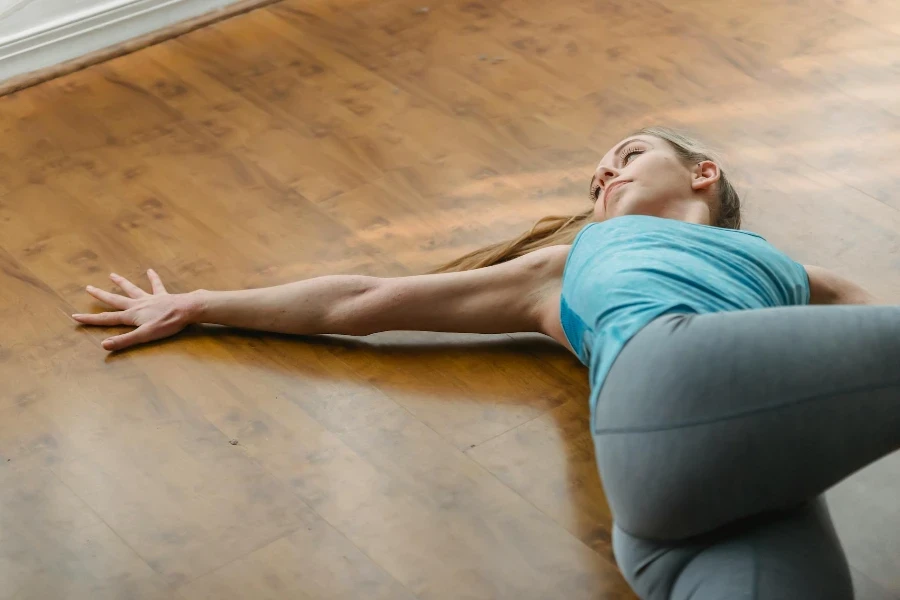
Choosing the right Iyengar Yoga class is crucial to ensure a positive and beneficial experience. Look for certified Iyengar Yoga instructors, as they have undergone extensive training and are skilled in adapting the practice to suit individual needs. Certified instructors can be found through official Iyengar Yoga associations and directories.
Consider the class level and ensure it matches your experience and physical capability. Beginners should start with introductory classes, which focus on foundational poses and the use of props. It’s also helpful to attend a class that matches your specific interests or needs, such as classes targeting back pain, stress relief, or improving flexibility.
Lastly, observe a class or speak with the instructor beforehand to get a sense of the teaching style and class environment. A supportive and attentive instructor will create a safe and encouraging space for learning and growth.
How to use props in Iyengar Yoga
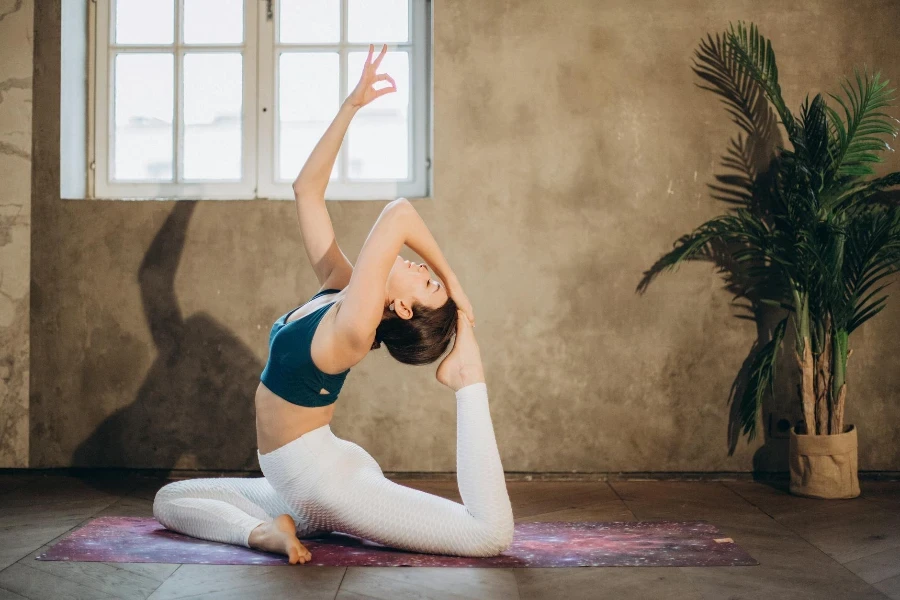
Props are an integral part of Iyengar Yoga, used to facilitate correct alignment, enhance the pose, and accommodate individual needs. Blocks can be used to support the hands, feet, or hips, bringing the ground closer and making poses more accessible. Belts help extend reach and maintain alignment, particularly in poses where the hands cannot comfortably connect or when working to increase flexibility.
Blankets provide cushioning and support, especially under the knees, hips, or back, to prevent strain and promote comfort. Chairs can offer stability and support in standing poses, inversions, and backbends, making these poses accessible to those with balance issues or limited mobility.
When using props, it’s essential to do so under the guidance of a certified Iyengar Yoga instructor, who can demonstrate the correct and safe use of each prop according to individual needs. The proper use of props not only enhances the practice but also ensures a deeper understanding and connection with each pose.
Conclusion:
Iyengar Yoga offers a unique and transformative approach to yoga, emphasizing precision, alignment, and the therapeutic use of props. Its adaptability makes it suitable for practitioners of all levels, providing a safe and effective way to improve physical health, mental clarity, and emotional balance. Whether you’re new to yoga or an experienced practitioner, Iyengar Yoga can deepen your practice and enhance your well-being.
